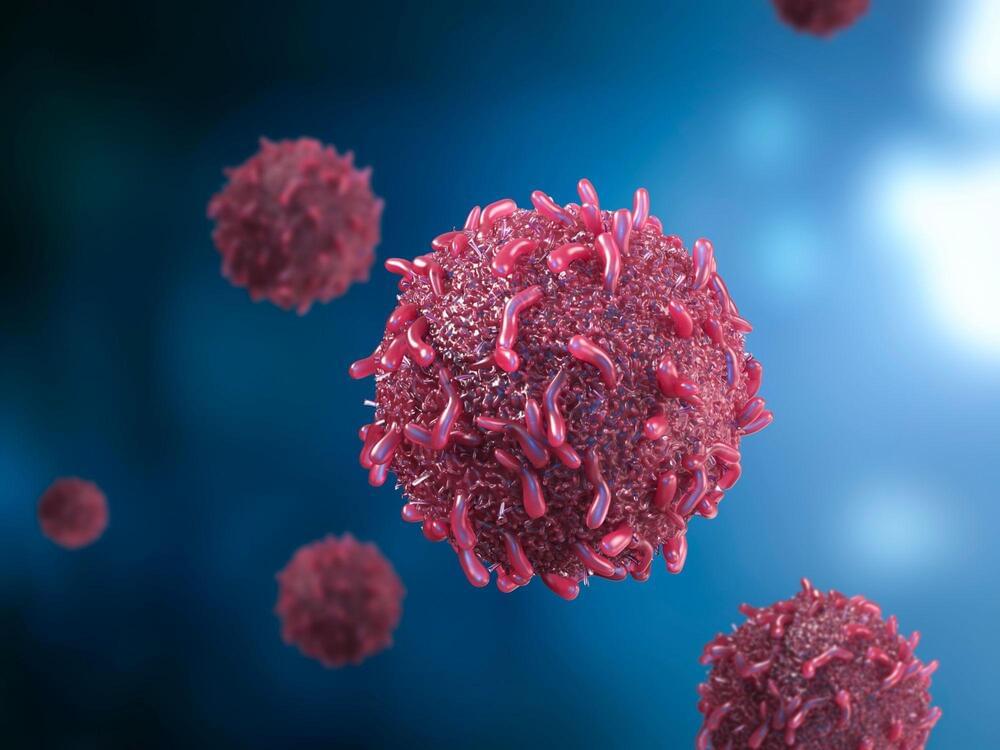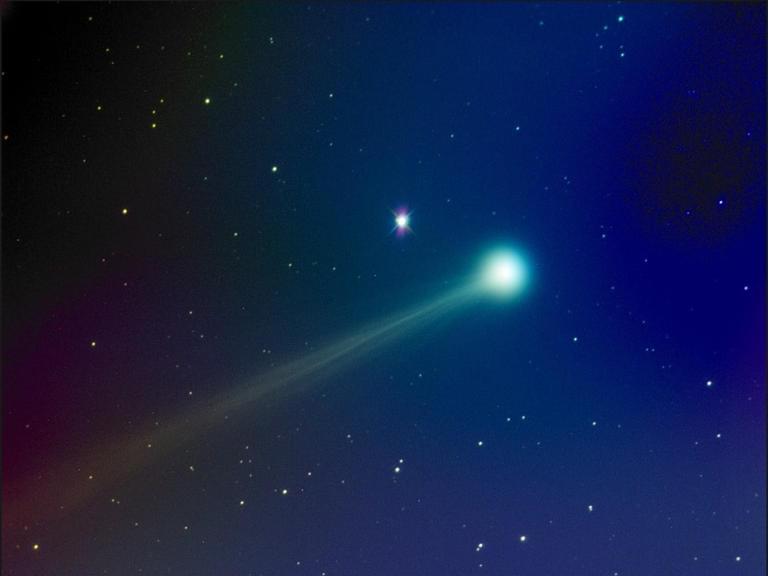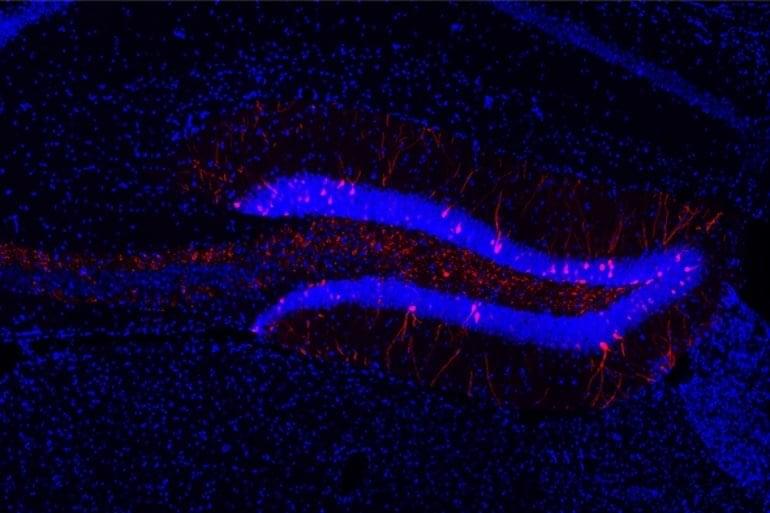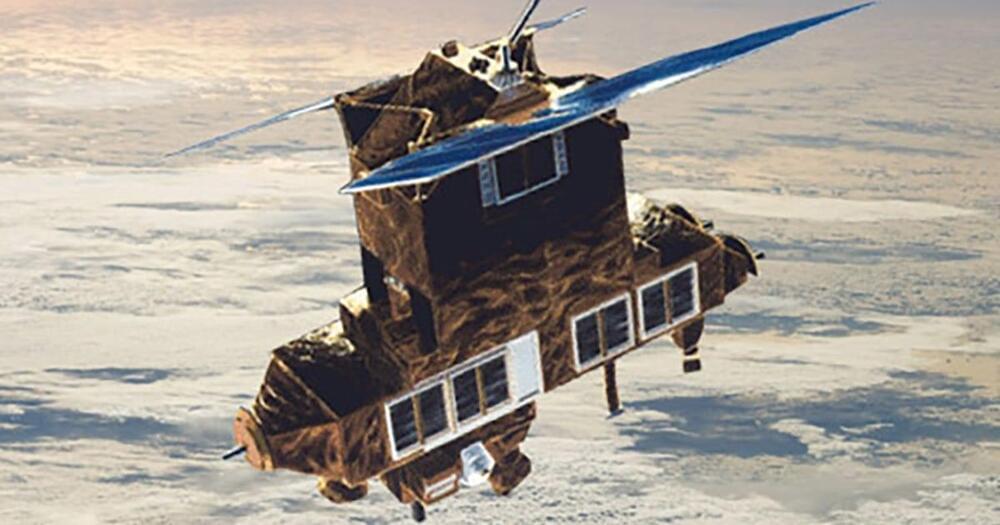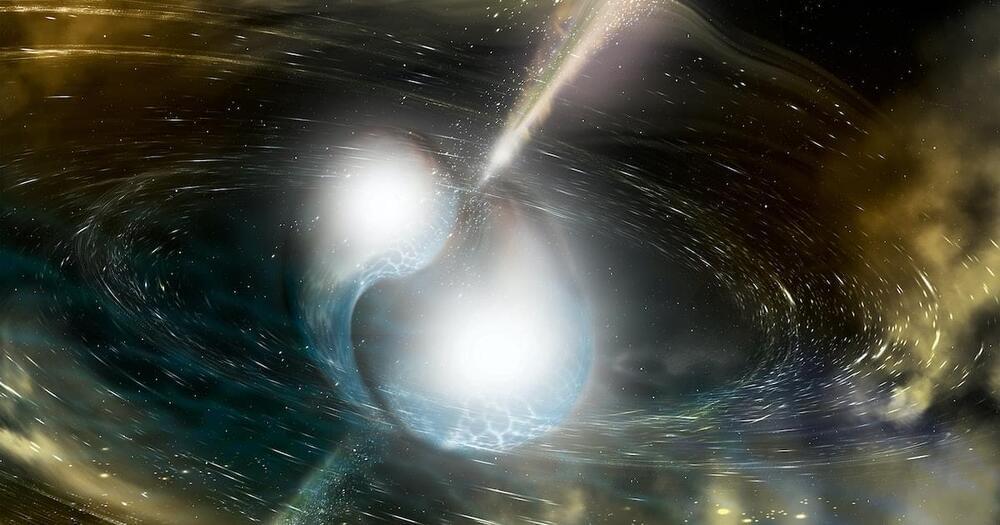Two and a half years ago, MIT entered into a research agreement with startup company Commonwealth Fusion Systems to develop a next-generation fusion research experiment, called SPARC, as a precursor to a practical, emissions-free power plant.
-Sept 2020
MIT researchers have published seven papers outlining details of the physics behind the ambitious SPARC fusion research experiment being developed by MIT and Commonwealth Fusion Systems.

